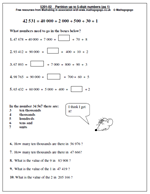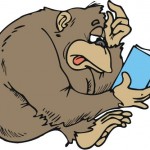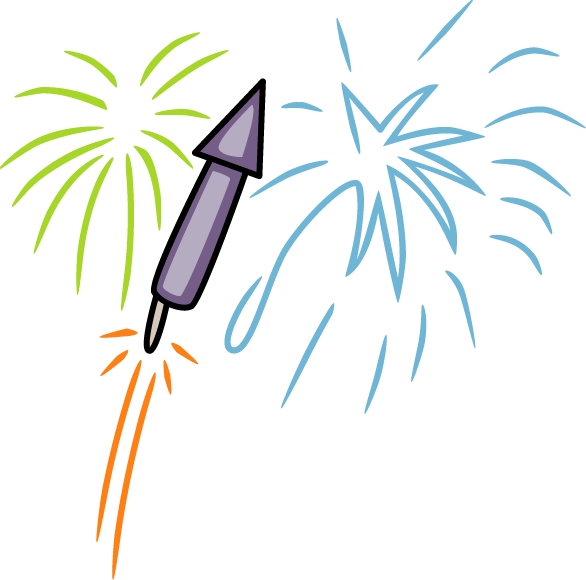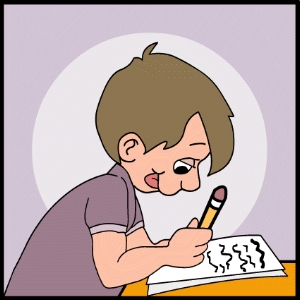 Our resource of the Week looks at place value with larger numbers, something that many children find tricky.
Our resource of the Week looks at place value with larger numbers, something that many children find tricky.
By year 5 children are expected to be able to read and write some seriously large numbers. A really good understanding of place value is needed to read large numbers successfully. The key to looking at a number and working out how to say it lies in separating the number up into a series of hundreds, tens and units.
Let’s look at 123 456 789
Take the first set of three digits (on the right:789) as a set of hundreds tens and units: that is seven hundred and eighty nine.
Take the second set of three digits (456): that is four hundred and fifty six; but it is four hundred and fifty six thousand.
Take the third set of three digits (123): that is one hundred and twenty three; but it is one hundred and twenty three million.
Put them together to make one hundred and twenty three million our hundred and fifty six thousand and seven hundred and eighty nine.
An abacus is a really good way to look at how to read numbers and is a very powerful mathematical tool – anyone who has been to Hong Kong or China and seen how they calculate with an abacus will be amazed!








